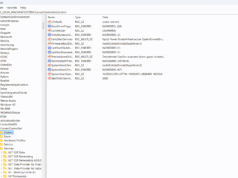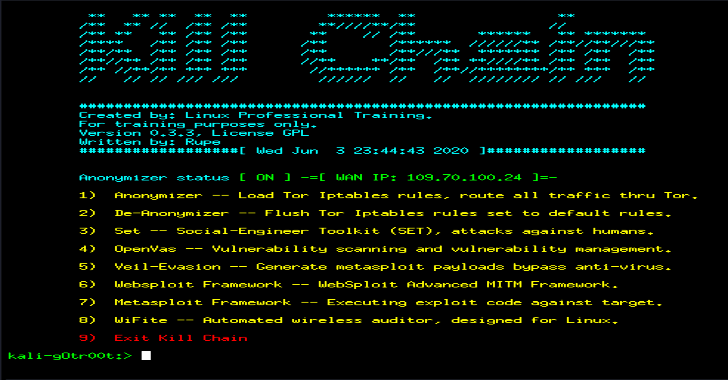WinVisor is a hypervisor-based emulator designed to emulate Windows x64 user-mode executables.
It leverages the Windows Hypervisor Platform (WHP) API, introduced in Windows 10 (RS4), to create a virtualized environment for executing applications.
By utilizing WHP, WinVisor enables developers to emulate processes within a virtual CPU while maintaining compatibility with the host operating system.
Core Functionalities
- Virtual CPU Creation:
- WinVisor employs WHP to create a virtual CPU that operates primarily in user mode (CPL3), with minimal kernel-mode (CPL0) execution for initialization.
- The CPU state is configured by setting control registers, MSRs, paging tables, and other essential structures before switching to CPL3 for application execution.
- Memory Management:
- Virtual memory from the host process is mapped directly into the guest’s physical memory.
- A paging table maps virtual addresses to physical pages, allocating memory on demand and swapping older pages when necessary.
- Process Initialization:
- Instead of manually constructing internal structures like the Process Environment Block (PEB), WinVisor clones the entire address space of a suspended target process, ensuring accurate memory layout.
- The emulator handles Import Address Table (IAT) and Thread Local Storage (TLS) adjustments to prevent premature DLL loading and callback execution.
- System Call Handling:
- Syscalls are intercepted and forwarded to the host OS for execution, ensuring compatibility with native system behavior.
- Legacy interrupt-based syscalls are also managed through pre-configured interrupt descriptor table entries.
To run an application under WinVisor, execute the following command:
WinVisor.exe <target_executable_path>For example:
WinVisor.exe c:\windows\system32\ping.exe 8.8.8.8Ensure that the “Windows Hypervisor Platform” is enabled in Windows Features if initialization errors occur.
- Single-thread Support: Only one thread is virtualized; additional threads execute natively.
- Exception Handling: Virtualized software exceptions are not supported.
- Security Concerns: The shared memory model allows potential corruption of host hypervisor modules.
- Partial GUI Virtualization: Applications like
notepad.exeare only partially virtualized due to nested GUI-related syscalls.





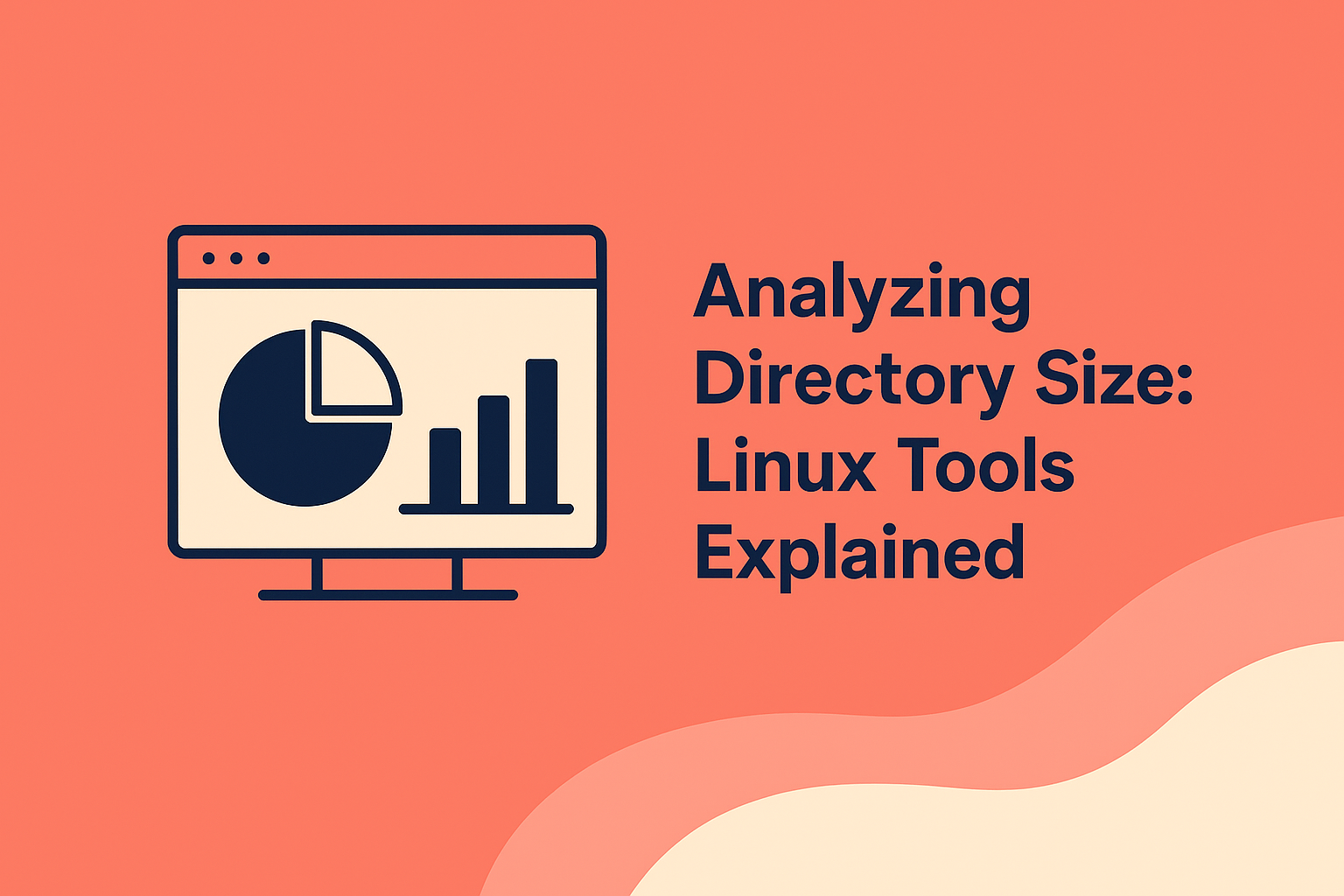

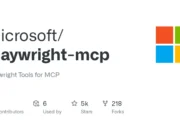

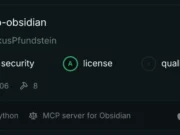
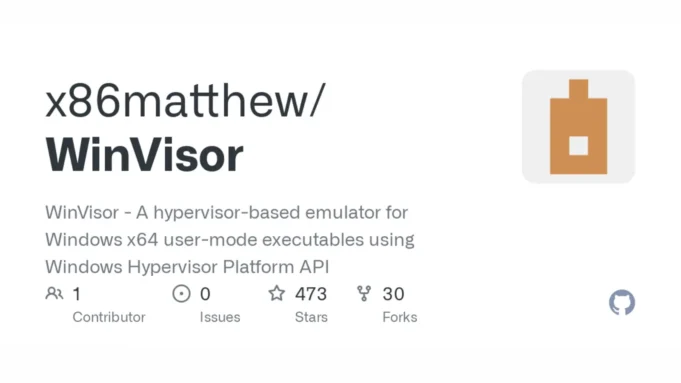

%20Works.png)
